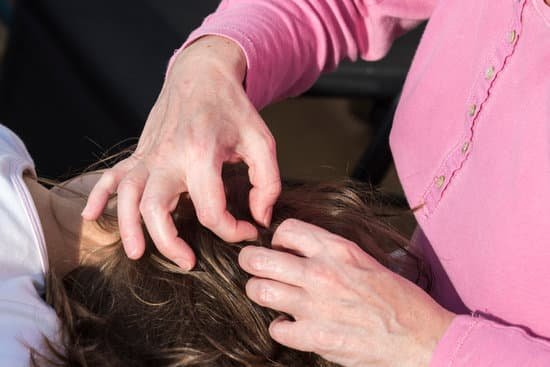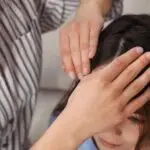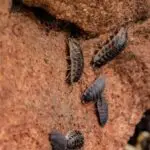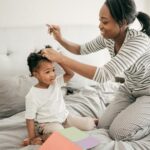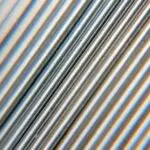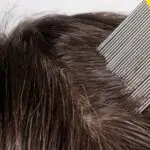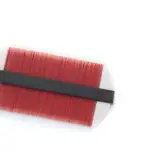When Do Head Lice Bite?
Among the first symptoms of a head lice outbreak is itching. Lice may bite anywhere on the head, although they prefer warm areas like the scalp. The bites are typically small red bumps, sometimes containing crusted blood. Scratching the area can lead to an infection, so you should avoid scratching excessively.
Adult lice are about two to three millimeters long. They are tan or grayish-white in color, but can be a lighter or darker shade. They have six clawed legs and can latch onto the scalp. They live for up to 30 days when stuck on the head, but die within one or two days if they fall off.
The most common symptom of head lice is itching. Itching can persist for up to 6 weeks after an infestation. Itching can be seen most often behind the ears and in the back of the neck. You should check for lice regularly to catch them in the early stages, before they multiply and infest. Check for them in a brightly lit room where they can easily be seen.
Once you’ve identified that your child has head lice, the next step is to treat the affected areas. There are several products on the market that will kill the lice and protect the family from future infestation. You can even try natural remedies at home if you’ve been sharing bedding with a child with head lice. For example, olive oil may be effective in treating the eggs. To remove the lice eggs, you should use a fine metal comb. You can use beeswax on the teeth of the comb.
